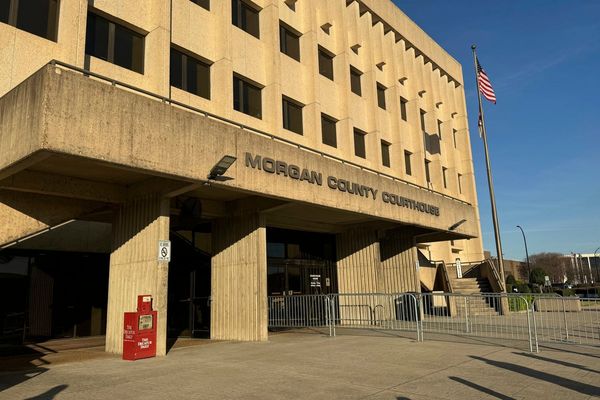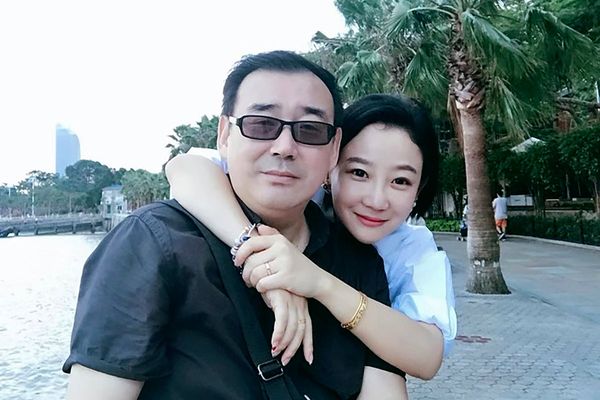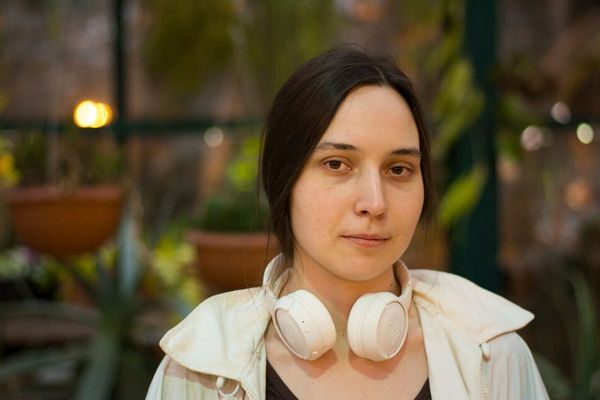

Time is an elastic concept in the metropolis of Kolkata and boomerangs between the past and present. As the second city of the entire British Empire, Calcutta was a place that embodied the prediction of nationalist leader Gopal Krishna Gokhale—“What Bengal thinks today, India thinks tomorrow”.
Calcutta Then: Kolkata Now is a book that follows the journey from Calcutta to Kolkata, tracing its changing fortunes from the days of the Raj through the freedom struggle, a violent partition and wars to an independent nation coming into its own.


Structured as a tête-bêche book which can be read from both sides, it tells the story of a city born of a river, translated through poetry and songs, painted in the blood and sweat of its revolutionaries and working class heroes and shaped by its unique culture.
One could call it a labour of love by Pramod Kapoor, founder and publisher of Roli Books who has created four other volumes in this series starting with India and following it up with books on Delhi, Mumbai and Chennai. The fact that he was born in Jorasanko, a historic neighbourhood in north Kolkata, might have something to do with it.


Kapoor found the first photograph for this book nearly fifteen years ago. Over the years he has gradually put together this well-curated selection of photographs where each image uncovers a different facet of the city. This involved trawling through trunks of family albums owned by the erstwhile royal families of Bengal as well as the extensive archives of the British Library and Anandabazar Patrika among others.
“We wanted to cover the topography and buildings in the ‘Then’ section because in India the monument largely remains the same even though stuff around it changes. In the ‘Now’ section we wanted to chronicle how society has changed and the focus is on people, festivals and culture,” says Kapoor.


The first part of the book is written by Sunanda K. Datta-Ray, erstwhile editor of The Statesman, the city’s premier English language newspaper in its heyday. His delineation of Calcutta, “modern India’s first capital” is one that captures its various characters—the banias (the Marwari merchants), the boxwallahs (upper-class Bengali traders), the biplabis (revolutionaries) and the bhadraloks (the educated elite Bengali) and the various levels of contradictions and conflicts across the different strata of the city. He describes this as a pivot of modern India and a city that achieved many firsts. As history and power changed hands from the English white sahibs to the Anglicized brown sahibs, somewhere along the way, Calcutta fell behind in this rat race.


The changing of time and tide as well as the point at which the book flips from then to now is represented through the motif of two clocks. The last image in the “Calcutta Then” section is of the historic clock in the Bengali sweetshop Bhimnag gifted by watchmaker Thomas Cooke in 1858, when the East India Company handed over political control to the crown. On the facing page is a nightscape dominated by the replica of Big Ben which was inaugurated in Kolkata in 2015 and is part of chief minister Mamata Banerjee’s beautification project which is heavily inspired by cues from the British capital.


This pair of oddly dynamic clocks catapult the reader into contemporary Kolkata, which begins in the 1960s in the aftermath of the Naxalite movement. It is a city of chaos, paradoxes, and great nostalgia. This is the city that has lived through failed revolutions, economic downturns and mass migrations both to and from the city and yet remains resilient.


Rock ‘n’ roll enthusiast and a north Calcuttan at heart, Indrajit Hazra is the man who writes this chapter of Kolkata’s story. He writes, “But Calcutta-Kolkata continues to puzzlingly, gloriously contradict itself… The city of old, decaying mansions, of a Netaji statue every second street crossing, stand cheek by jowl to exclusive twee clubs where brown people behave white... Kolkata defies change. This is not to say that over the decades, especially over the 2000s-2010s, Kolkata has not changed. It is simply a city that is defiant to change even as it changes one stretch at a time.”


Kolkata-Calcutta is a Janus-faced city, stitched together with it all its pasts and our selection of photographs from the book tries to mirror the old-new fabric of the city. Carrying with it the malls, flyovers, Byzantine lanes, multistoreyed towers, old rajbaris, new Starbucks cafés, and strobe-lit discothèques, Kolkata strides into each new decade, sometimes clumsily, sometimes with assurance, but always with a will to survive.








